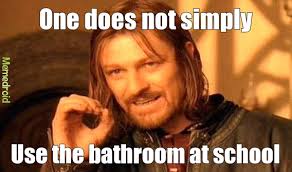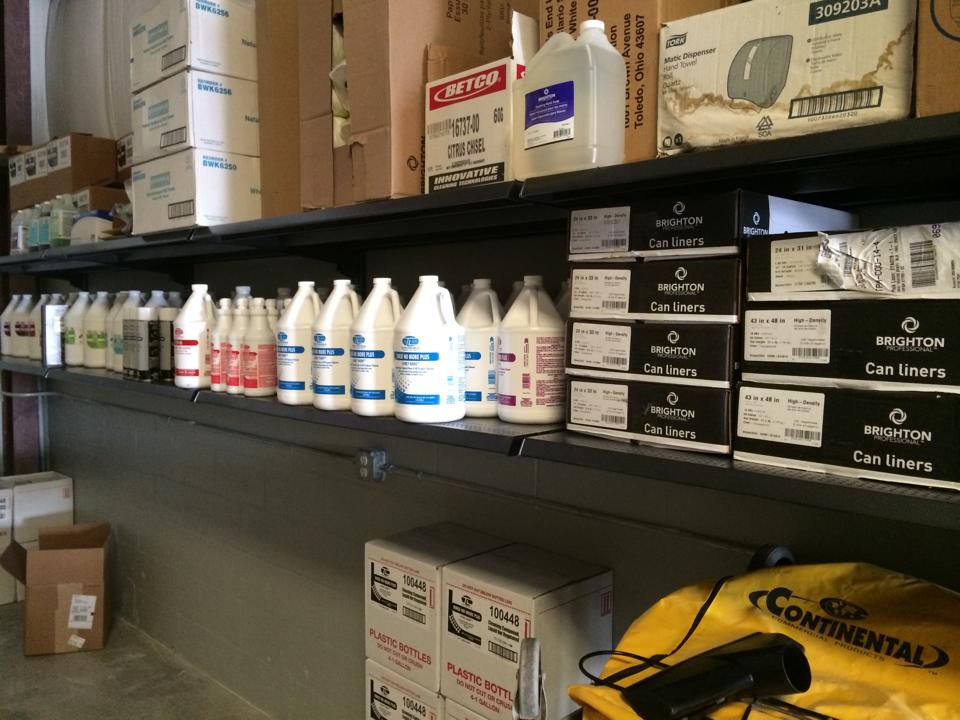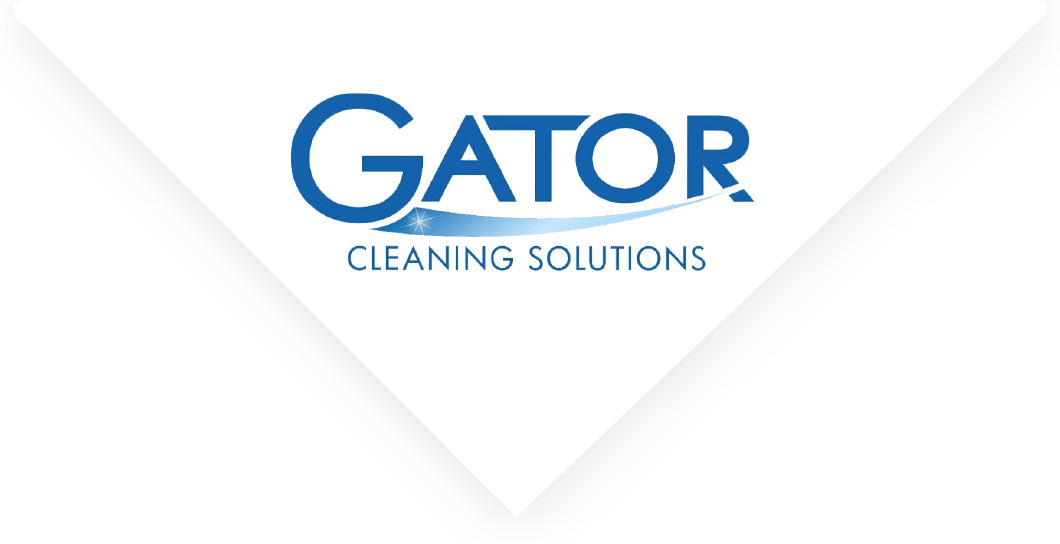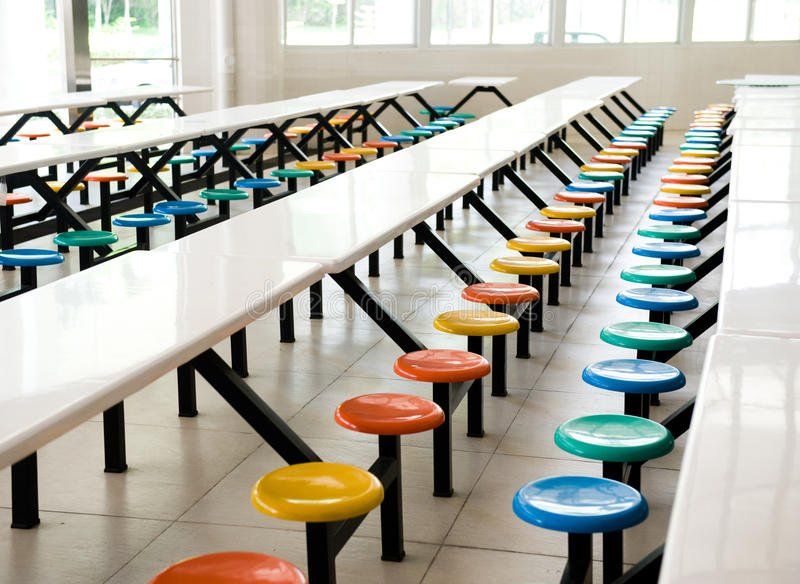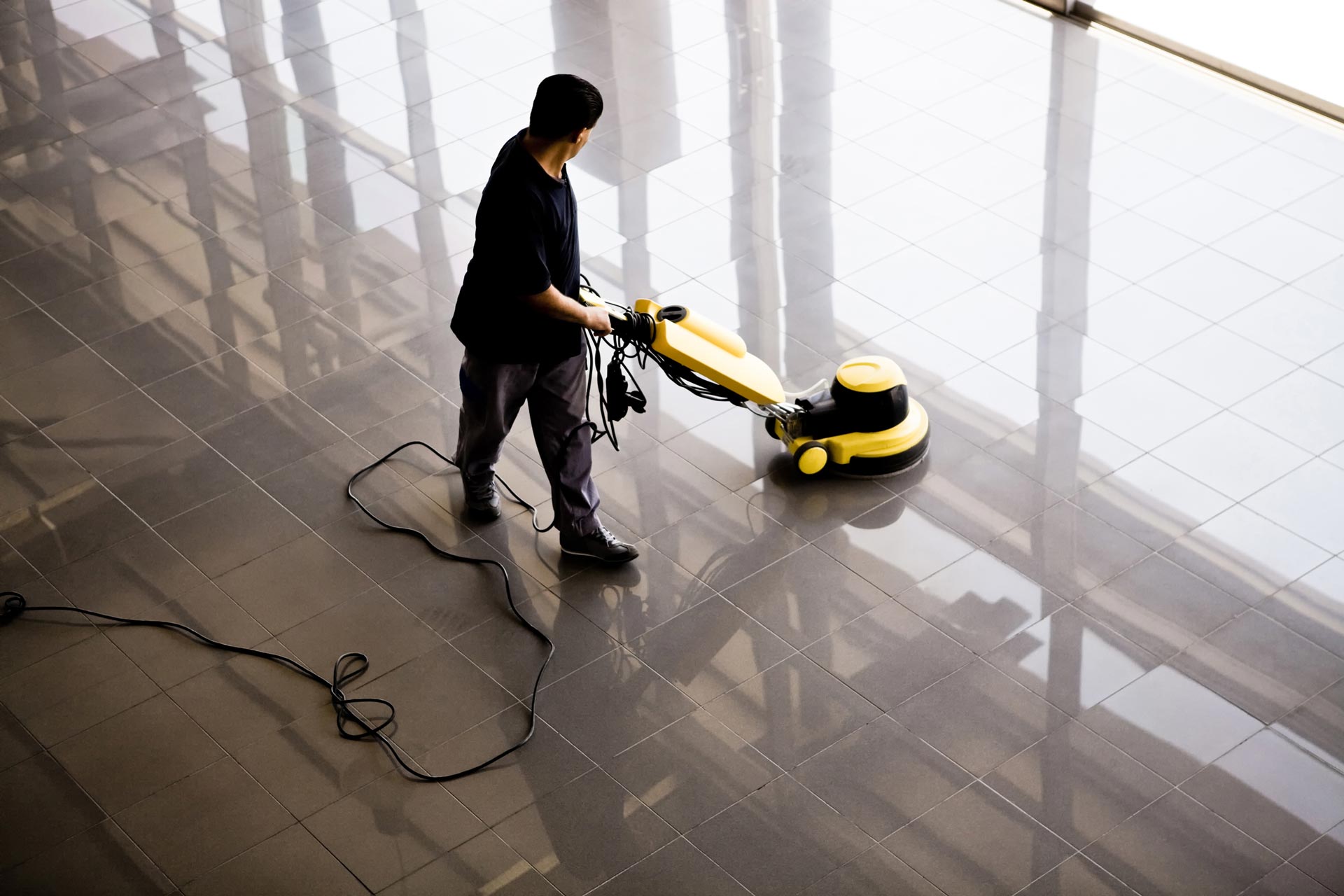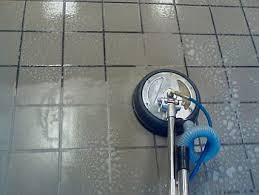Main Line (Mon-Fri 9 a.m. - 5 p.m.): 813-929-1122
After Hours Line (After 5 p.m.): 727-410-1352
Spring Cleaning -Office Considerations
To keep your business looking great throughout the summer and rest of the year, conduct a quick audit of your operations to make sure none of your employees or cleaning contractors are committing one of the 10 most common cleaning mistakes.
- Using too much chemical

Adding twice as much chemical to the dilution than is called for does not make it twice as clean — nor does it make it clean any faster. Many chemicals are toxic in large doses and using more than is recommended can have adverse effects on a person’s health when inhaled. It can also have a negative impact on indoor air quality for building inhabitants or employees. Education is essential to preventing cleaners from using the “glug-glug” approach. Regularly review the recommended dilution ratios and proper procedures for using cleaning chemicals with staff members. Dilution control systems can ensure that employees use the correct amount of chemical in their cleaning solution every time by eliminating manual mixing of chemicals and water.
- Using the wrong chemicals
Using the wrong chemical on a surface is another common — and expensive — cleaning mistake. For example, if an employee applies an acidic bowl cleaner to restroom fixtures or hardware, it can quickly corrode and ruin the fixture. Most bathroom fixtures are chrome plated, and the acid will eat away at this surface. To prevent this from happening, encourage workers to look at the product’s pH to determine its corrosiveness and always consult the directions and Safety Data Sheet (SDS) to identify the proper surfaces and substrates for use. Even a cleaning solution that seems harmless, such as lemon juice or vinegar, contains acids that can damage surfaces such as stone countertops or floors.
- Failing to protect oneself
 Be sure your cleaning company has up to date safety programs and is insured properly for accidents. One of the most common ways a cleaner gets injured at work is by not using proper protection. According to the U.S. Centers for Disease Control and Prevention (CDC)
, skin exposure to hazardous agents is one of the most common types of occupational illness, with an annual cost exceeding $1 billion. 1
Personal Protection Equipment (PPE)
is essential when handling chemical cleaning products and other hazardous materials. Different cleaning jobs come with different hazards, so always consult the SDS and make sure your organization has updated workers on the new Global Harmonized System (GHS)
so they can properly read labels and identify potential risks. The correct PPE will depend on the work conditions, the process being performed and the work environment. Types of PPEs include: Head and shoe covers (falling materials); masks and respirators (chemical vapors, dust particles); goggles and face shields (flying particles, chemical splashes); gloves (contact with chemicals); and ear protection (loud noises).
Be sure your cleaning company has up to date safety programs and is insured properly for accidents. One of the most common ways a cleaner gets injured at work is by not using proper protection. According to the U.S. Centers for Disease Control and Prevention (CDC)
, skin exposure to hazardous agents is one of the most common types of occupational illness, with an annual cost exceeding $1 billion. 1
Personal Protection Equipment (PPE)
is essential when handling chemical cleaning products and other hazardous materials. Different cleaning jobs come with different hazards, so always consult the SDS and make sure your organization has updated workers on the new Global Harmonized System (GHS)
so they can properly read labels and identify potential risks. The correct PPE will depend on the work conditions, the process being performed and the work environment. Types of PPEs include: Head and shoe covers (falling materials); masks and respirators (chemical vapors, dust particles); goggles and face shields (flying particles, chemical splashes); gloves (contact with chemicals); and ear protection (loud noises).
- Using your nose as a guide
Contrary to popular belief, the smell of a cleaning solution has no correlation to its cleaning efficacy. Some cleaning professionals have developed a reliance on deodorants which can give a facility a false sense of clean. Educate staff that, just because something smells clean, it doesn’t necessarily mean it is clean. Encourage them to attack and eliminate odors at the source by developing a daily cleaning schedule that eliminates odor-causing bacteria.
- ‘Cleaning’ with a disinfectant and ‘disinfecting’ with a sanitizer
Not every cleaner is a disinfectant, and not every disinfectant is a sanitizer. To put it simply, cleaning removes visible dirt and deposits from a surface; sanitizing removes bacteria and microbes to a safe, healthy level (such as with food contact surfaces); and disinfecting takes it a step further and kills viruses. The type of cleaning required depends greatly on the type of surface and environment, which is why it is such a common mistake. For example, you would not use a disinfectant to dust a surface that merely requires water, nor would you sanitize a high-touch area such as a door handle if you wanted to stop the spread of the flu or other viruses. Make sure your workers understand the distinction between sanitization and disinfection and follow recommended dwell times as the virus can remain long after cleaning is performed.
simply, cleaning removes visible dirt and deposits from a surface; sanitizing removes bacteria and microbes to a safe, healthy level (such as with food contact surfaces); and disinfecting takes it a step further and kills viruses. The type of cleaning required depends greatly on the type of surface and environment, which is why it is such a common mistake. For example, you would not use a disinfectant to dust a surface that merely requires water, nor would you sanitize a high-touch area such as a door handle if you wanted to stop the spread of the flu or other viruses. Make sure your workers understand the distinction between sanitization and disinfection and follow recommended dwell times as the virus can remain long after cleaning is performed.
- Using the same cleaning tool in more than one area
Cross contamination occurs when a cleaning worker transfers bacteria from one part of a facility to another, and it can present a substantial risk for the outbreak of an infection or virus such as Methicillin-resistant Staphylococcus aureus (MRSA) or norovirus. For example, if a cleaning worker were to use the same mop to clean the kitchen floor that was used to clean the restroom floor, the kitchen floor could then become contaminated with any viruses or bacteria present in the restroom. While it can be a harmless mistake, it can also be a common occurrence if workers are pressed to save time or preserve resources. To limit the chance for this to occur, facilities such as hospitals put protocols in place to ensure that cleaning tools or chemicals are changed between patient rooms. Train workers regularly and emphasize the risks involved with not changing cleaning tools or solutions between zones and ensure they have adequate access to tools and supplies.
- Overlooking the small spots
 Some of the smallest and most overlooked spots can often have the most germs. One of the more common mistakes in cleaning is overlooking small but high-touch surfaces such as light switches, door handles, cabinet handles, water cooler levers and telephones, which can often carry more bacteria than a toilet seat. Other commonly missed spots include “splash” areas around urinals and toilets. Regularly review common “hot spot” areas with your cleaning staff and conduct audits to ensure these areas are regularly cleaned.
Some of the smallest and most overlooked spots can often have the most germs. One of the more common mistakes in cleaning is overlooking small but high-touch surfaces such as light switches, door handles, cabinet handles, water cooler levers and telephones, which can often carry more bacteria than a toilet seat. Other commonly missed spots include “splash” areas around urinals and toilets. Regularly review common “hot spot” areas with your cleaning staff and conduct audits to ensure these areas are regularly cleaned.
- Using the wrong tools
Using the correct cleaning tool on a particular surface can be one of the most important ways to not only preserve the object you are cleaning, but to ensure that it is actually getting clean. For example, while wet mopping will remove dirt and buildup from a floor, combining this effort with surface agitation will substantially improve its effectiveness. Work with staff so they have the proper cleaning tools for the task at hand. Ergonomic cleaning tools can also reduce strain and improve their overall productivity.
- Cleaning too quickly
Pushed to clean a certain number of rooms by the end of their shift, cleaners may rush and clean areas too quickly. This can result in a number of issues, including not giving disinfectants the required dwell time and missing critical areas such as high-touch points. To ensure cleaning workers have enough time to do their jobs, conduct regular cleaning audits and time studies. This will not only help maximize the productivity of your staff, but it can also help improve the overall cleanliness of your facility.
- Not following a cleaning process
A haphazardly cleaned room can be just as dirty as a room that is not cleaned at all. In order to ensure areas are cleaned effectively, all employees must be trained to follow cleaning protocol. The absence of training can lead to dirty, or contaminated, surfaces. For example, if the cleaner was to dust before vacuuming, the act of vacuuming may kick up dust which would then redeposit on flat surfaces throughout the room. To prevent these issues, conduct regular training to reinforce the proper order of cleaning. Communicate the value of cleaning with a particular order so your staff understands why. Reinforce this training with random checks or tests to make sure the process is understood and followed correctly.
order to ensure areas are cleaned effectively, all employees must be trained to follow cleaning protocol. The absence of training can lead to dirty, or contaminated, surfaces. For example, if the cleaner was to dust before vacuuming, the act of vacuuming may kick up dust which would then redeposit on flat surfaces throughout the room. To prevent these issues, conduct regular training to reinforce the proper order of cleaning. Communicate the value of cleaning with a particular order so your staff understands why. Reinforce this training with random checks or tests to make sure the process is understood and followed correctly.
People often think that anyone can clean, but in reality, there is a right and a wrong way.
If you need help keeping your facility clean and healthy give Gator Cleaning Solutions a call at 813-929-1122!
The post Spring Cleaning -Office Considerations appeared first on Gator Cleaning Solutions.
